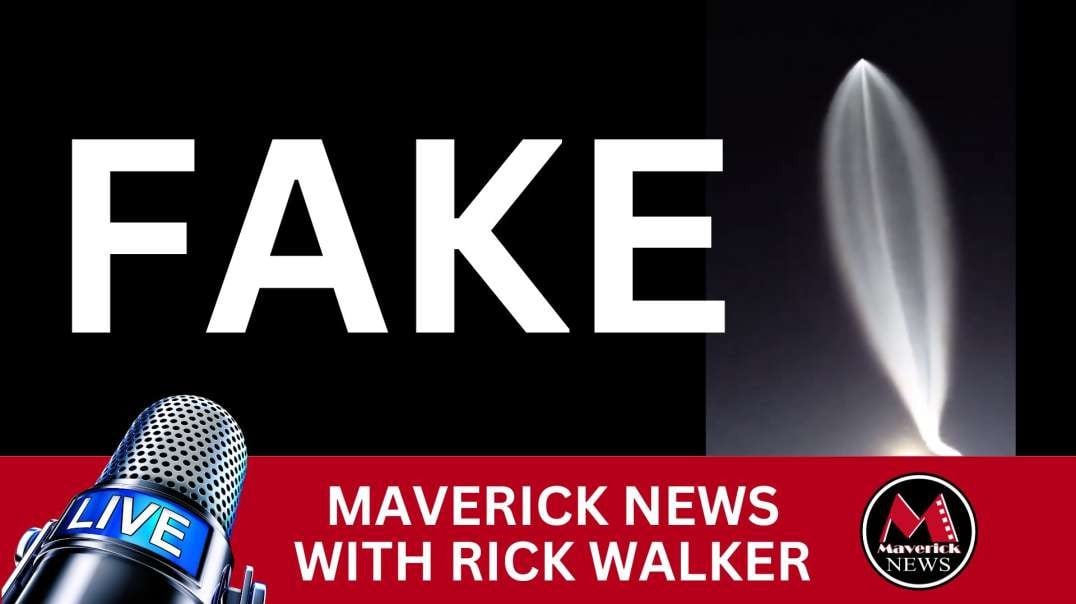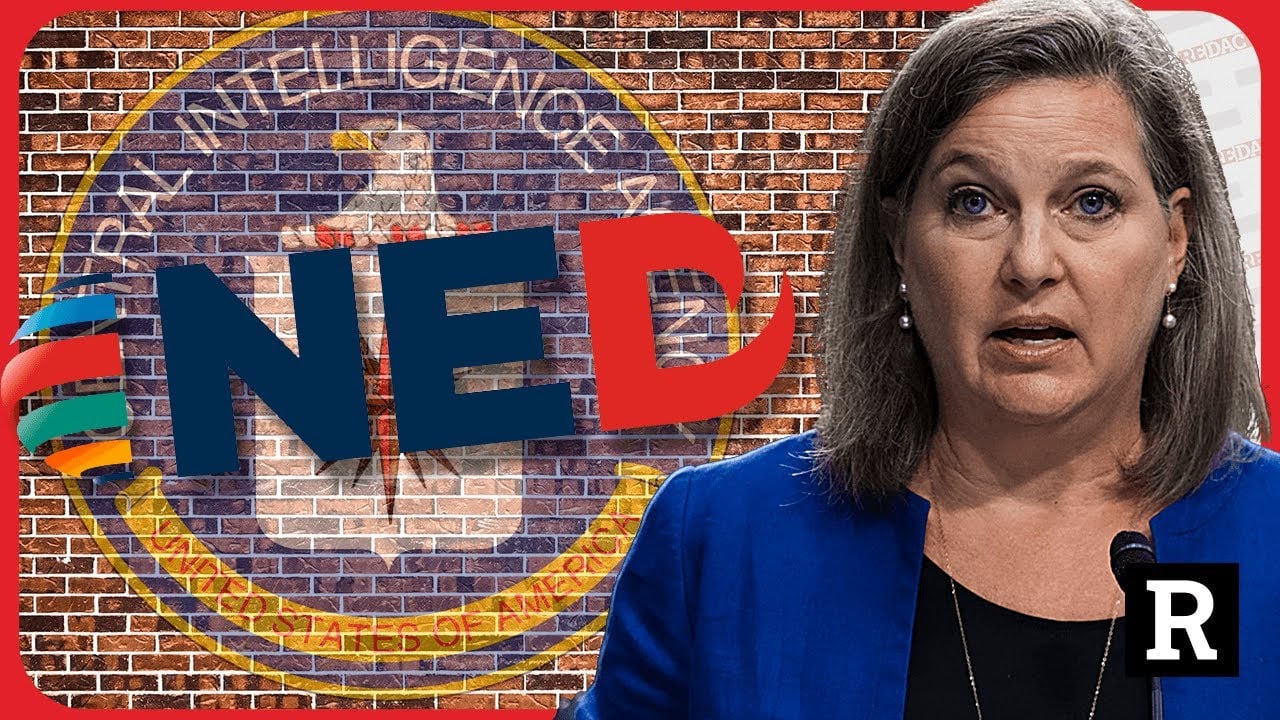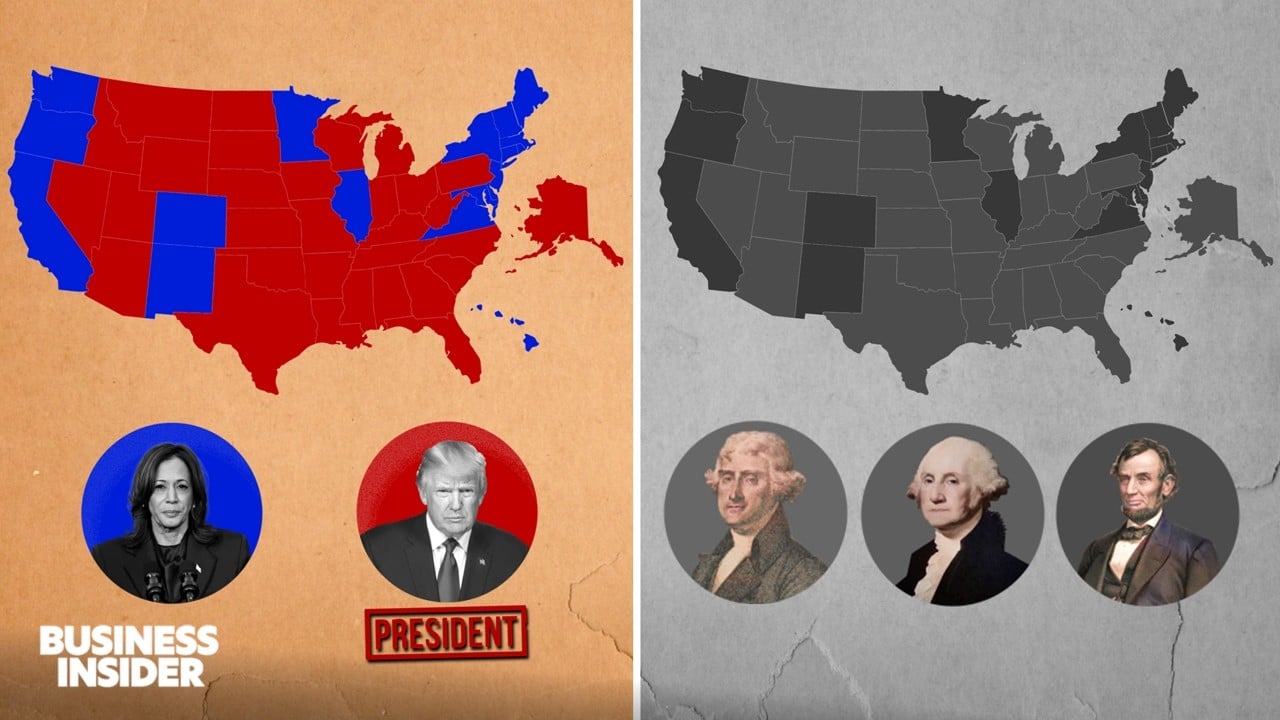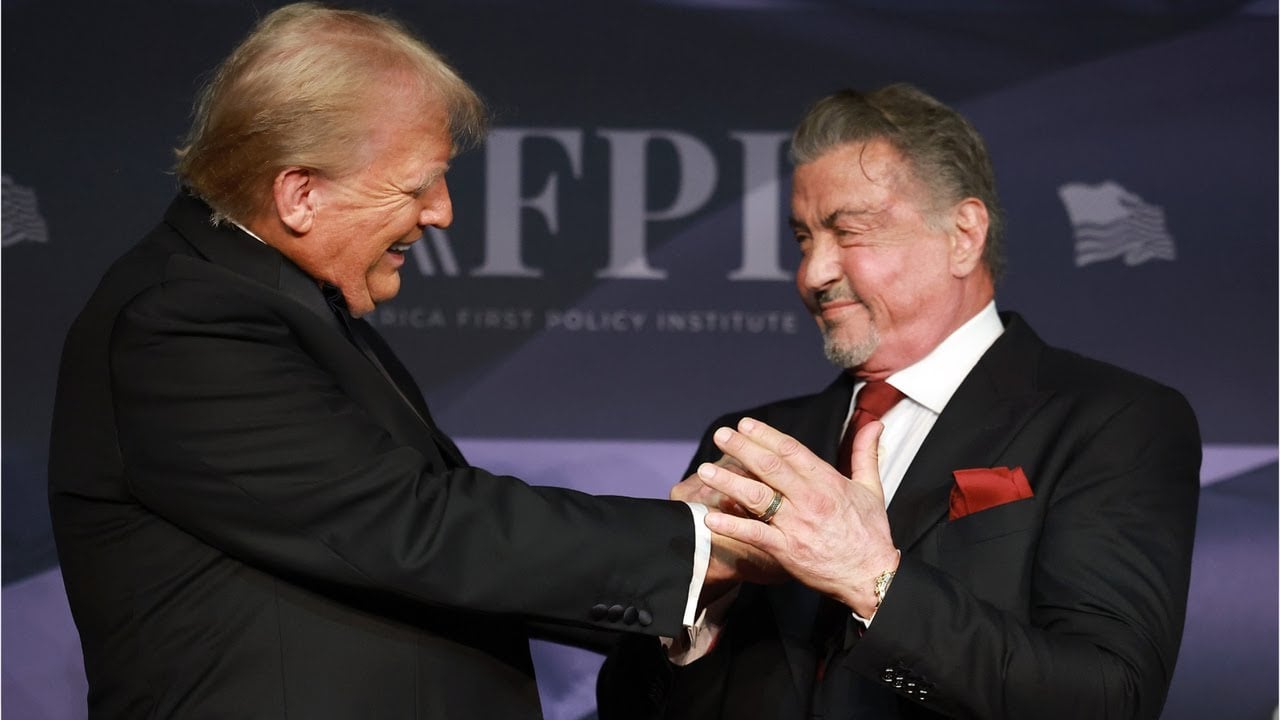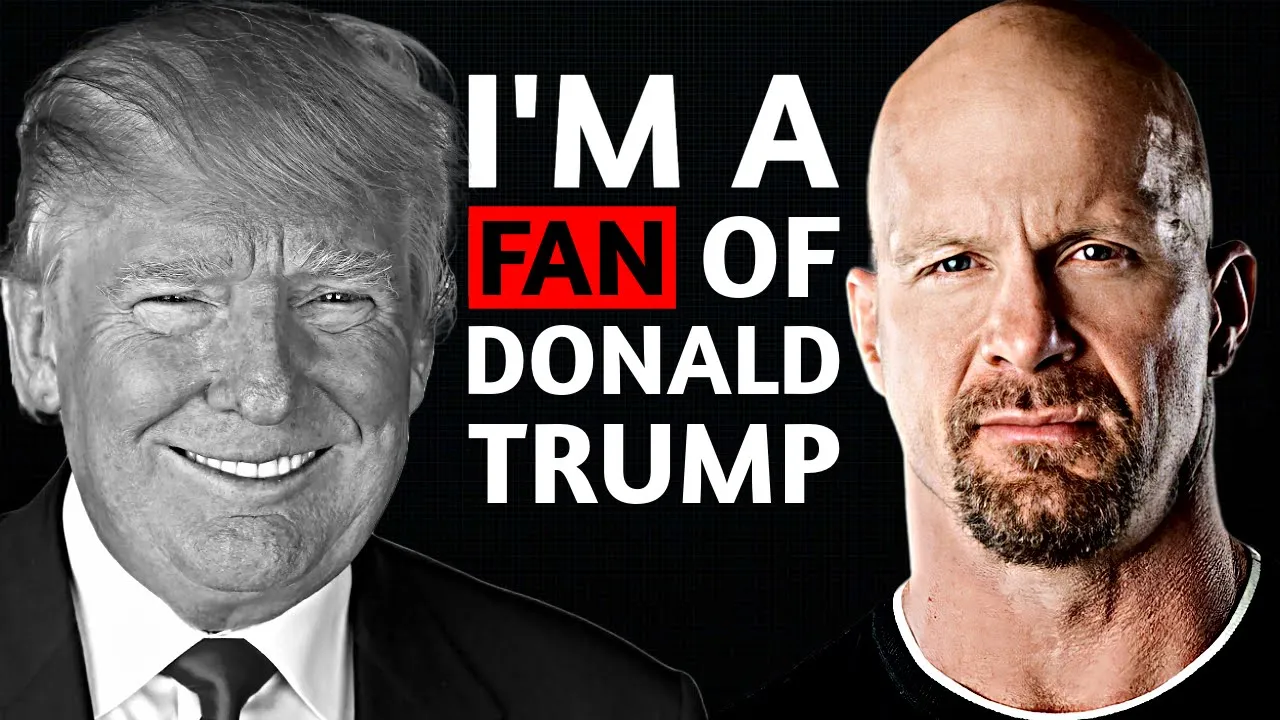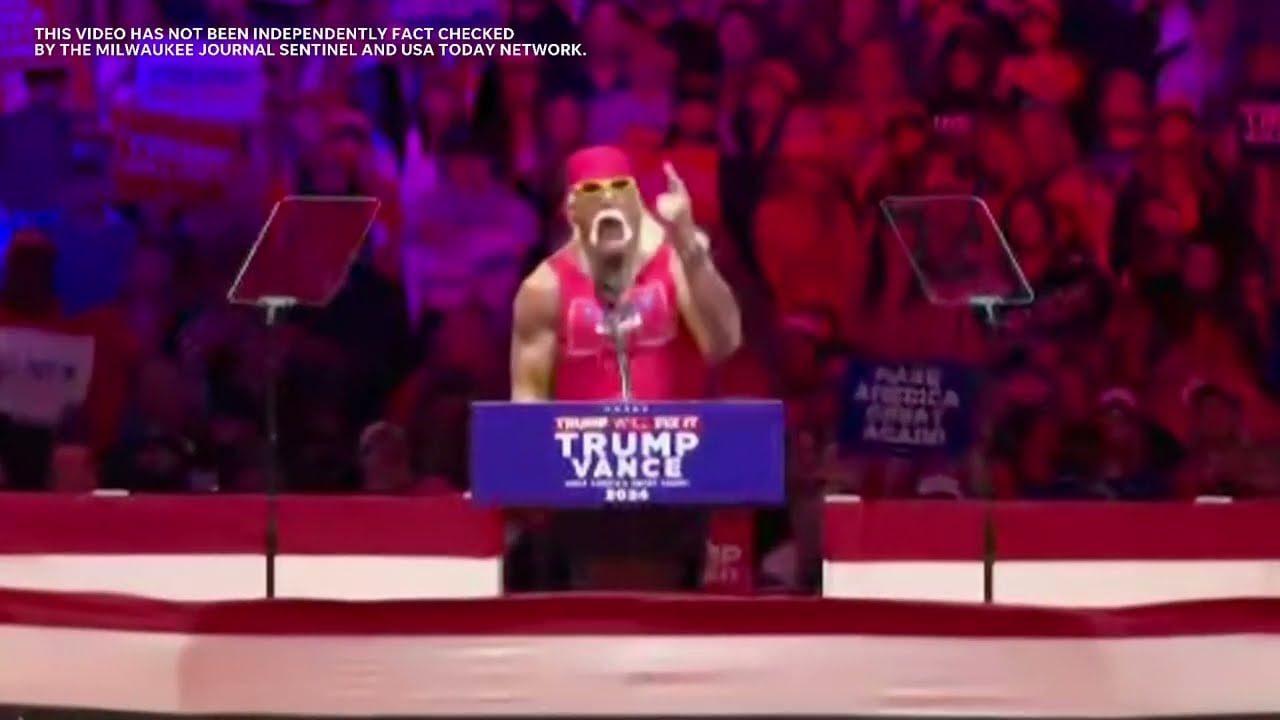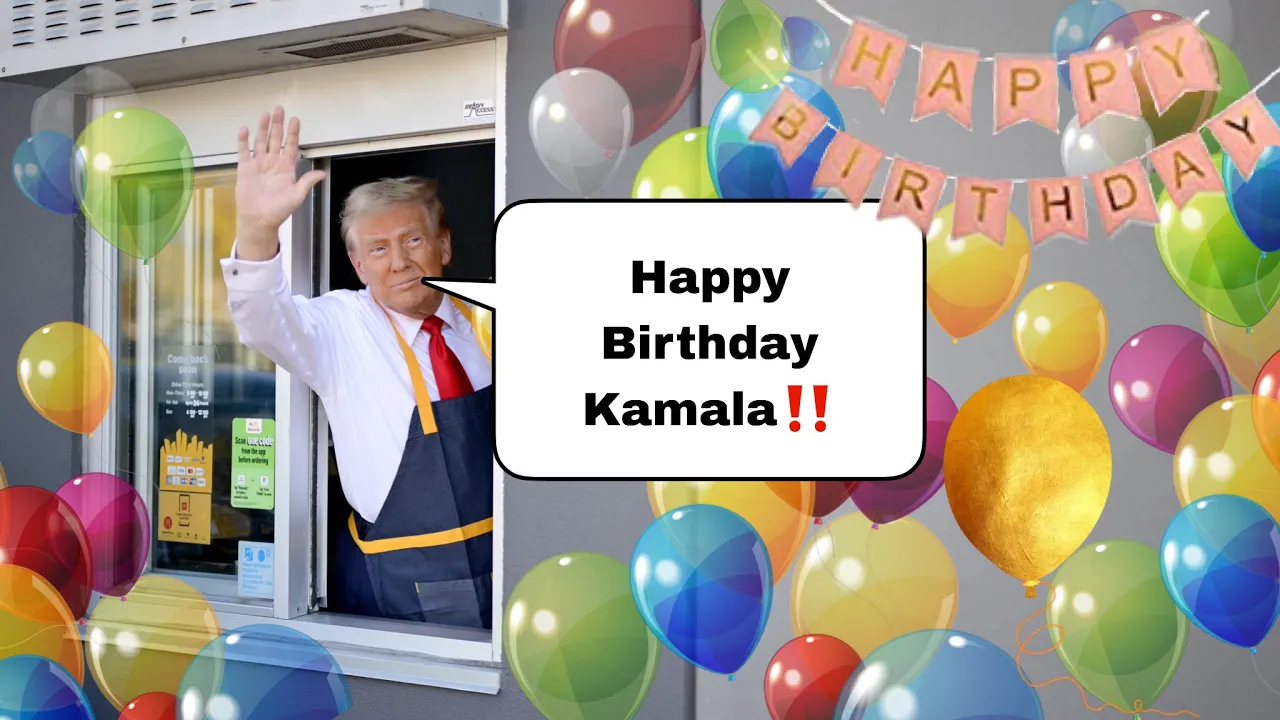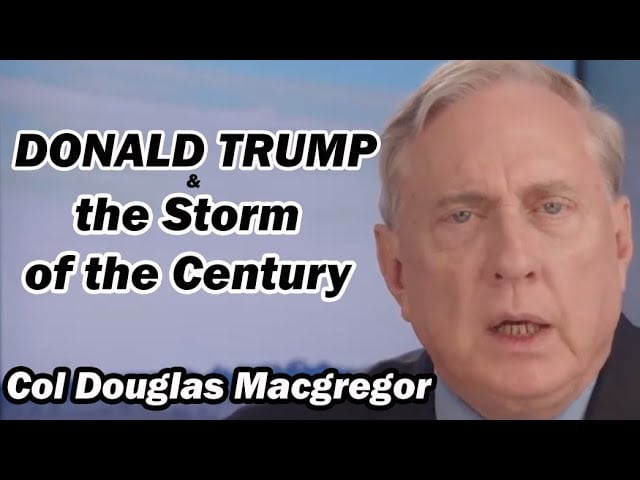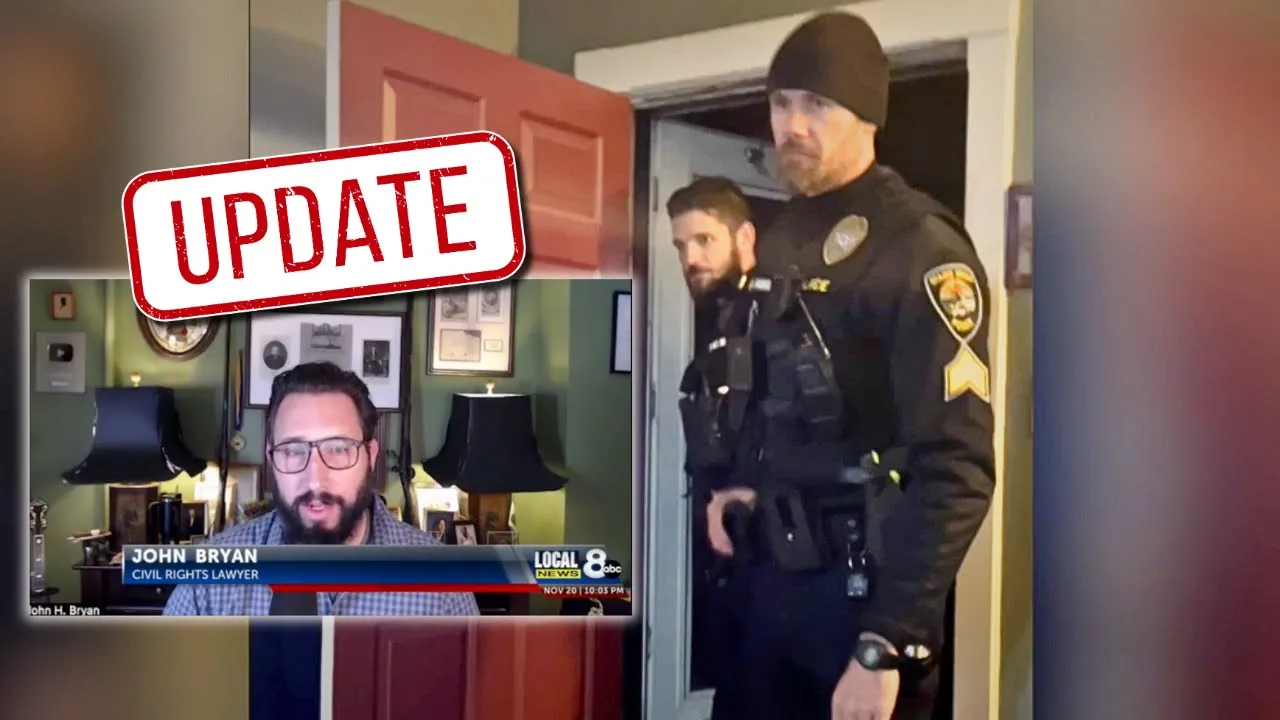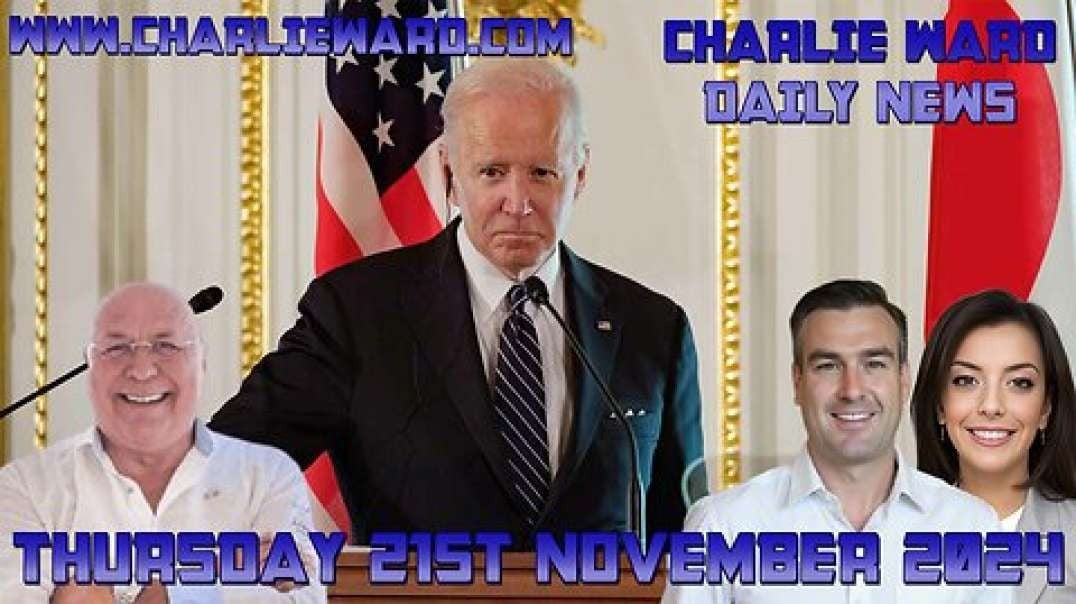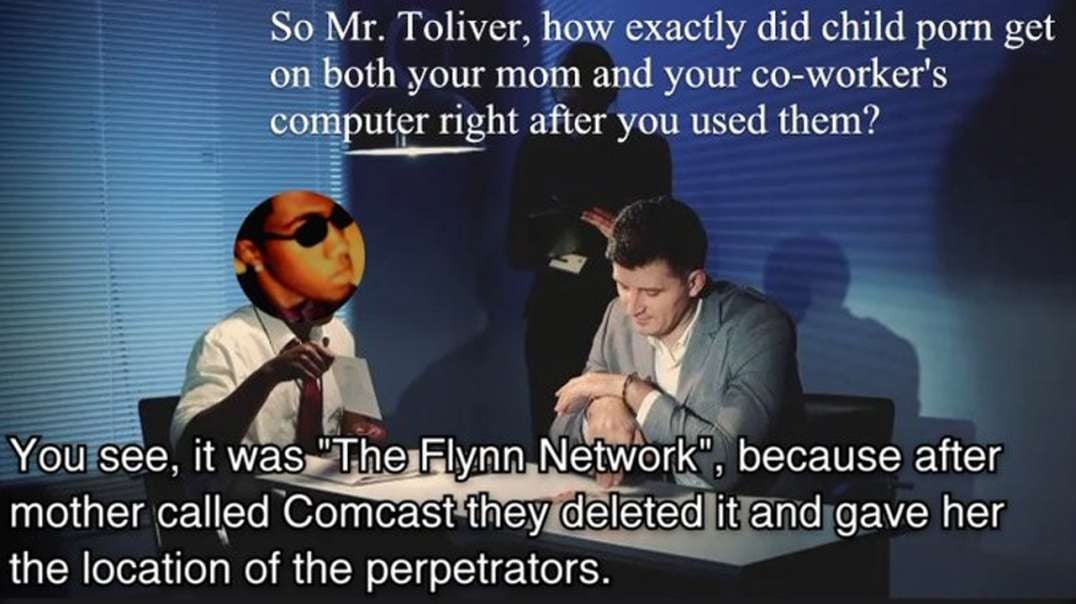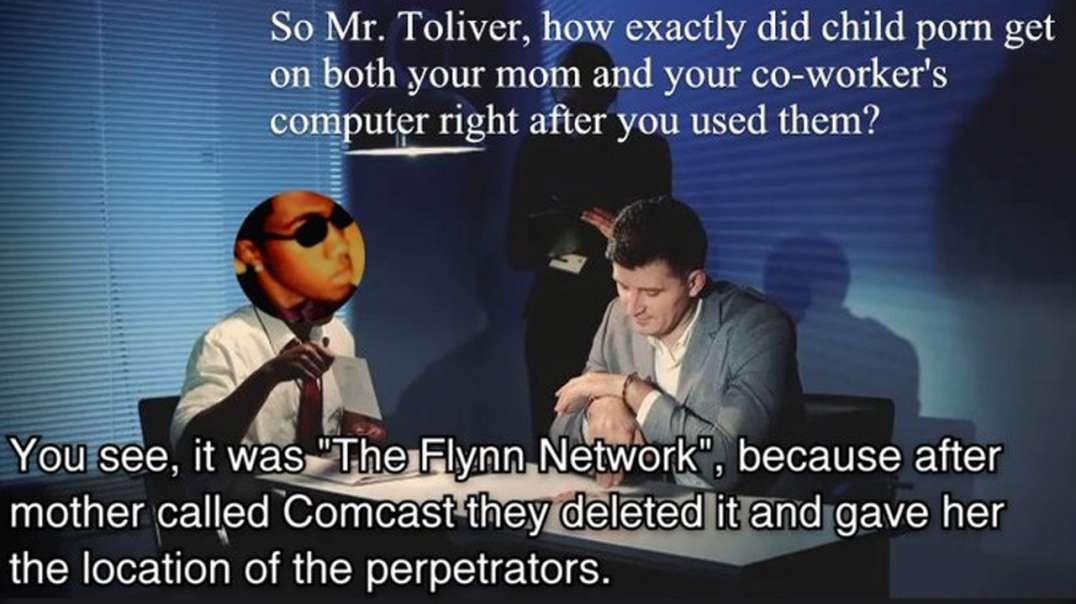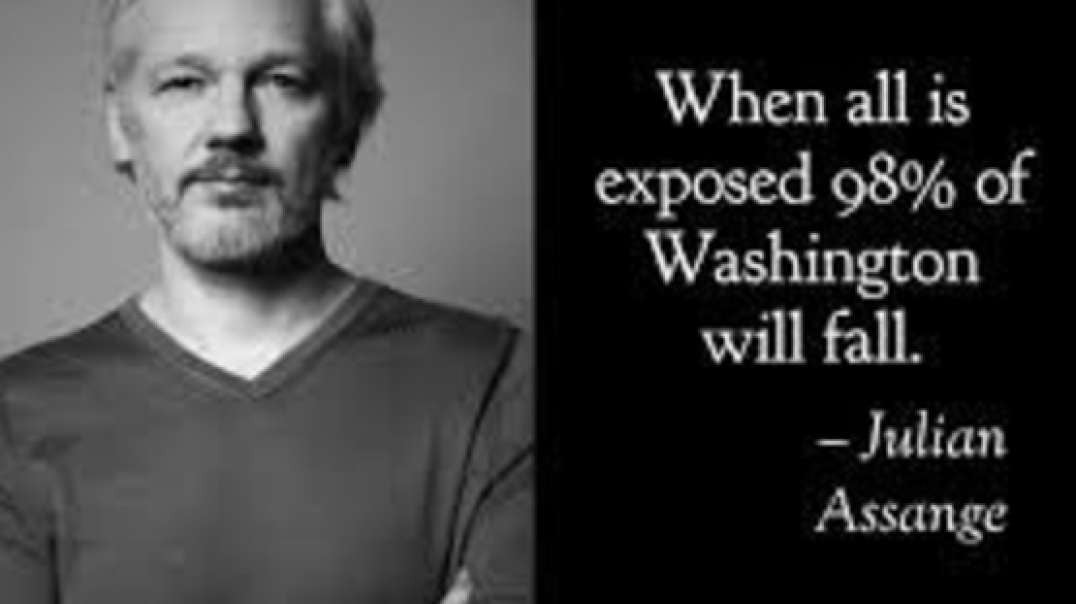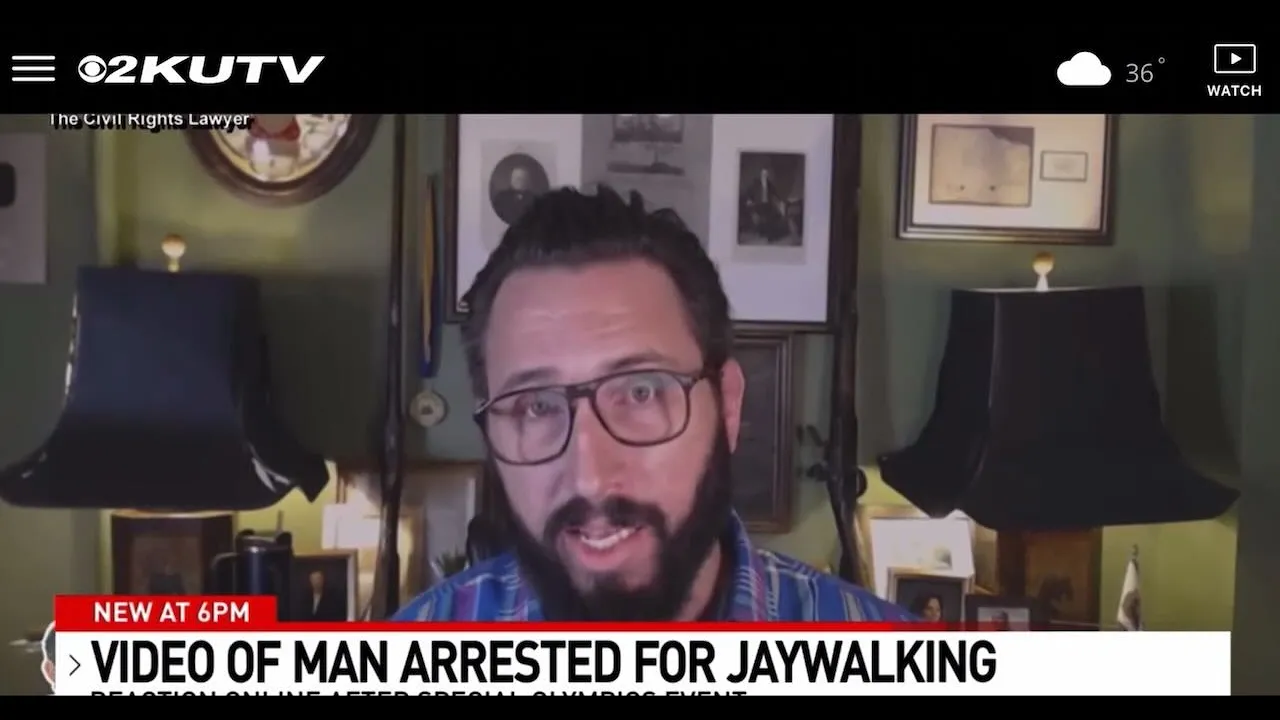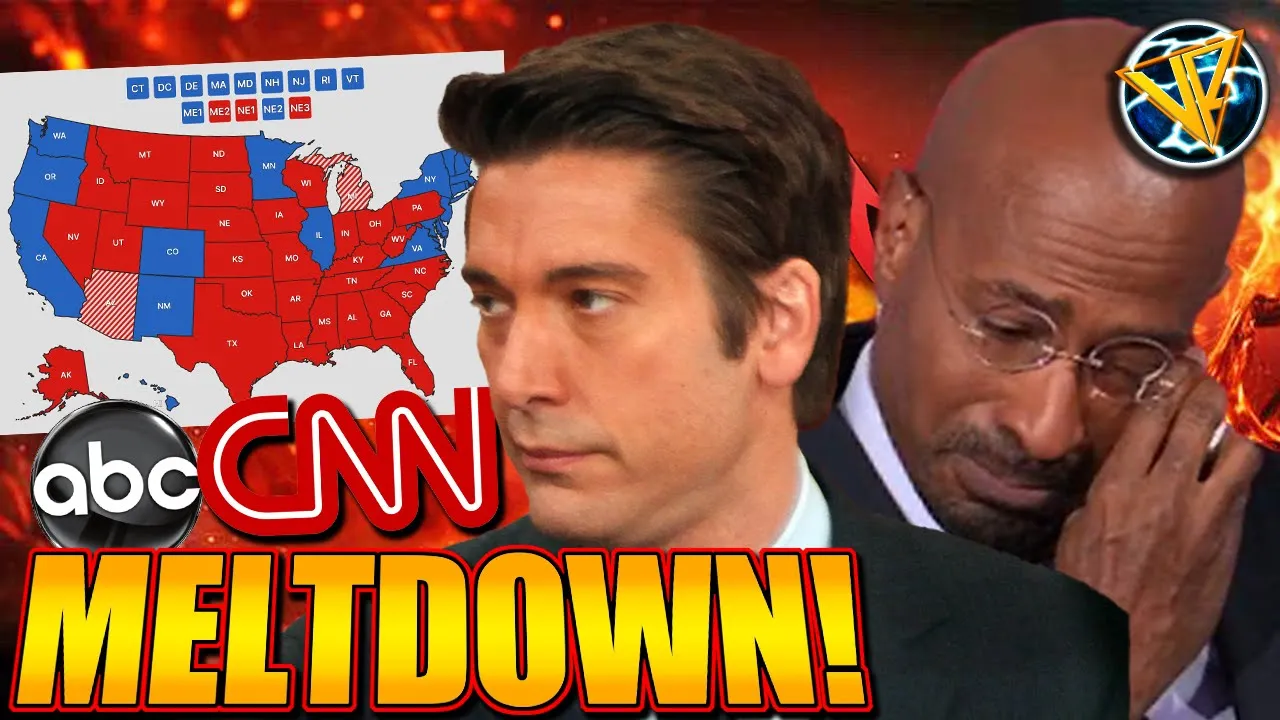The News-Benders 1968 - Donald Pleasence
The News-Benders 1968
𝙏𝙝𝙚 𝙉𝙚𝙬𝙨-𝘽𝙚𝙣𝙙𝙚𝙧𝙨
Warning: full synopses contain 'spoilers' that give away key plot points. Don't read on if you don't want to know the ending! Robert Larkin, a successful BBC documentary film director, has an appointment with the mysterious 'JG' at the office of CWNS (Classified World News Service). CWNS operates between government and media companies, supplying news footage and stills. After detailing Larkin's career, JG reports on details of his private life, including an affair. He reveals that Larkin had been fitted with a miniature transmitter during a surgical procedure some years earlier, through which he has since been monitored. From this data, CWNS identified Larkin as being suited to working at their organization. Larkin is disbelieving and about to leave until JG plays back a recording of him in a private moment with his mistress. JG tells Larkin that he wants him to help invent new stories for 1973. JG shows Larkin through to a studio containing models and miniature film sets depicting a moon landing, scheduled for 1973. JG plays the film with commentary that they have already recorded. Elsewhere in the studio are models of an orbital weapons system and models and film of the results of a projected Chinese nuclear attack on an Indian border village. Larkin begins to realize that the public will accept the news of such remote objects and incidents of which they would never have had their own experience. Larkin is shocked to learn that the worrying new American Intercontinental Ballistic Missile 'Boy Wonder' is just a model, the story has been set up to capture his attention. JG reveals that deceptions such as these have been going on since the atomic bombing of Hiroshima and that the H bomb does not actually work. Returning to his office, JG explains that the organization thinks Larkin would be suited to working on more 'soft' news items, such as a proposed anti-teenage movement or a religious revival. JG plays a further extract from Larkin's conversation with his mistress to illustrate the qualities the organization admires in him. JG explains that since failures to develop new weapons after the Second World War, the Americans, British, and Russians have collaborated on the deception of the cold war. The Chinese follow a similar strategy and it is hoped they too will come on board. JG goes on to explain that all the crises which could lead to the deployment of these fictitious weapons are also invented and stage-managed. CWNS sits above the civil servants and the military, controlling all. Larkin is angry at this use of scare tactics and JG goes on to explain that it is not just fear but the money they use to control the population, by managing the economy. They can stimulate the economy with threatening news stories, provoking spending. He reveals that his department was also responsible for the development of LSD to counter the activities of protest movements. Larkin is incredulous to learn that higher up in the building, and therefore in the hierarchy of the organization, is a computer. JG offers Larkin a starting salary of £250,000, rising to £1 million once he reaches a position in the Ministry of Morality. Despite this, Larkin remains disgusted at the idea of CWNS and declines the job offer. As Larkin tries to leave, JG uses an example surgical transmitter to demonstrate the devices' explosive properties. He explains that it may be operated remotely. JG informs Larkin that he will be starting on Monday.
BBC2's Thirty-Minute Theatre (1965-73) was an attempt to reintroduce live drama to British television at a time when most program-makers had - gratefully - put the method behind them. However, the live element didn't last long, being phased out in favor of the convenience of pre-recording. Even so, a handful of the series' plays remained live until 1968, 'The News-Benders' being one of the last. The News-Benders is directed by Rudolph Cartier, who made his name in the 1950s with ambitious live productions. The story is essentially a two-hander, performed entirely within a handful of sets but, for all its simplicity, Cartier's direction is stylish and assured. The continuity of the action is disturbed only once, with a brief cutaway shot of JG's secretary covering the actors' move from one set into another. The live production method may be backward-looking, but Desmond Lowden's script is prophetic in several respects. Although its predicted date of the moon landing significantly overshoots the reality, it strikingly pre-empts subsequent conspiracy theories which suggested the event was faked in a film studio. It also prophesies the rise of politically powerful global media organizations and the surveillance culture that inspired many later conspiracy dramas.
